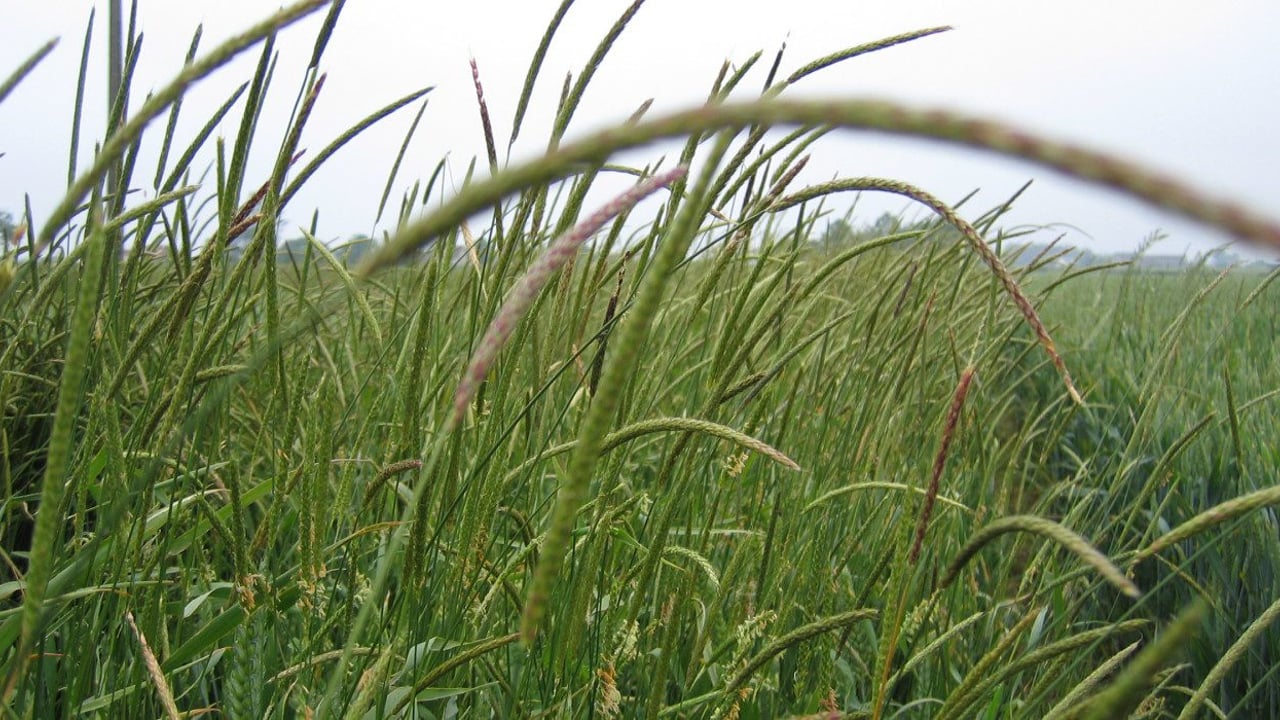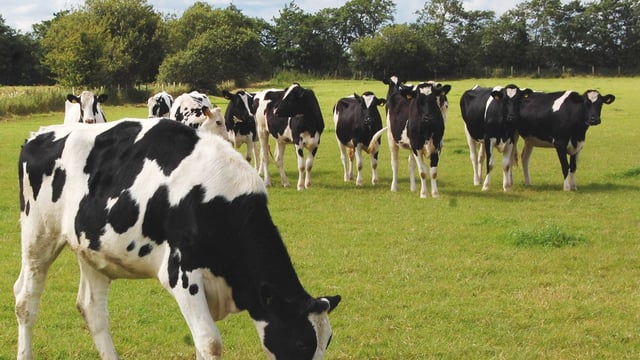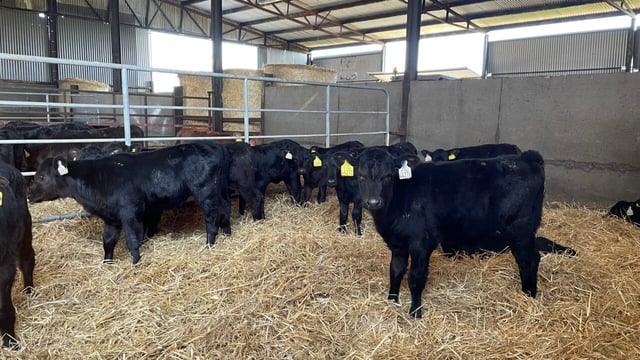Tillage: Blackgrass genome now fully sequenced
The recent sequencing of the entire blackgrass genome has been hailed as a major breakthrough in the fight against herbicide resistance within grass weed populations.
A similar breakthrough has been announced with regard to the full genomic sequencing of shortawn foxtail, a close relative of blackgrass.
Both information banks are important additions to the growing body of community resources for weed genomics.
Access to the two new genomes will help researchers address what makes these weeds such exceptional survivors in modern agricultural systems.
Both blackgrass and orangeshortawn foxtail are native to many regions across the Northern Hemisphere.
However, blackgrass has become the predominant agricultural weed in western European winter wheat and barley, whereas orange foxtail has emerged as the dominant agricultural weed for similar crops in parts of China and Japan.
Both are grass weeds that grow in grass crops. They frequently out-compete cereal crops.
Changes in cropping practices have not been effective in controlling the weeds, and both have evolved resistance to multiple herbicides.
With both weeds presenting a major threat to crop yields and food security, a better understanding of the genetic drivers of their resistances and resiliencies are essential to generate effective strategies for control.
Filling this knowledge gap requires high-quality genomic resources.
In December 2023, an annotated blackgrass genome was published by Rothamsted, Clemson University, and Bayer scientists.
The blackgrass seeds were from a population collected in 2017 from the Broadbalk long-term experiment that had never been treated with herbicides and so remained susceptible to chemical control.
Comparing this populations to resistant populations from other UK fields enabled these researchers to identify genetic mechanisms correlated with resistance.
Now, one year later, an annotated orange foxtail genome has been published. For this genome, Rothamsted researchers teamed up with partners at the Earlham Institute and the European Reference Genome Atlas (ERGA) initiative, which ultimately aims to provide reference genomes for all European species.
The orange foxtail plants sequenced were from seeds held by Kew’s Millenium Seed Bank from a UK-collected population.
As orange foxtail is not present in the UK’s agroecosystem, it is unlikely they have been ever exposed to herbicides and therefore just like the Broadbalk seeds, this genome is an important reference as it will not have been influenced by the strong selective pressures that have shaped some weedy populations.
Dr. Jon Wright, study lead author and bioinformatician at the Earlham Institute, said:
“Genomic resources are increasingly important to enable breeders and producers, who are under growing pressure to develop new and sustainable approaches to manage weeds, pests, and disease.
“To understand how these weeds compete with the plants we want to cultivate, and look inside the box of tricks they use to frustrate farmers, we absolutely need to have high-quality genomes.
"We’ve been able to start exploring the evolutionary story of these weeds, particularly their development of herbicide resistance. This could be used to develop effective herbicides or other strategies to better control these weeds," he said.





